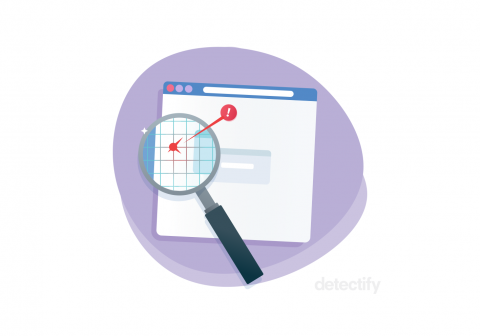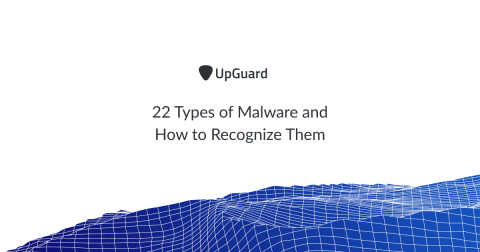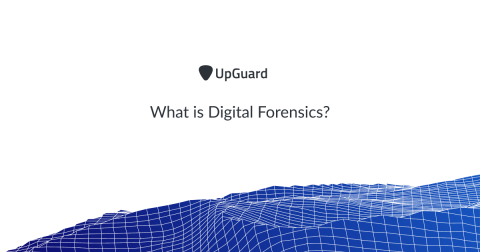Weekly Cyber Security News 04/10/2019
A selection of this week’s more interesting vulnerability disclosures and cyber security news. A serious breach from a popular game was announced earlier in the week. Considering the prevalence of linking many such games with Facebook and other social media platforms, such an exposure gives a great ‘way in’. If you’ve not done it already, go check what access you’ve granted to your data.










